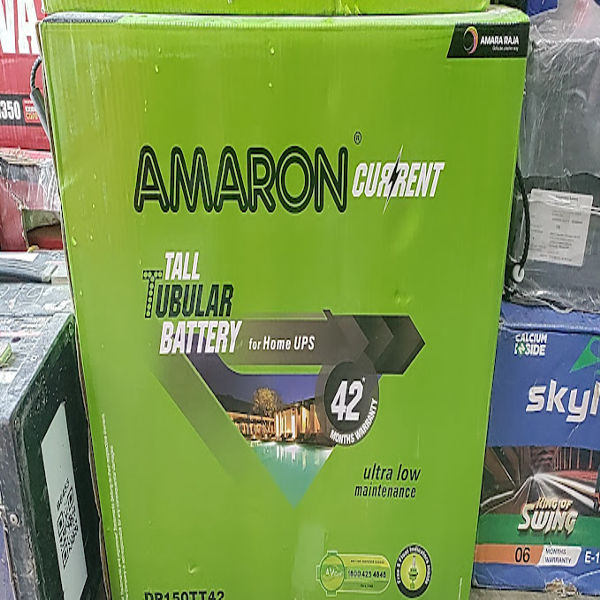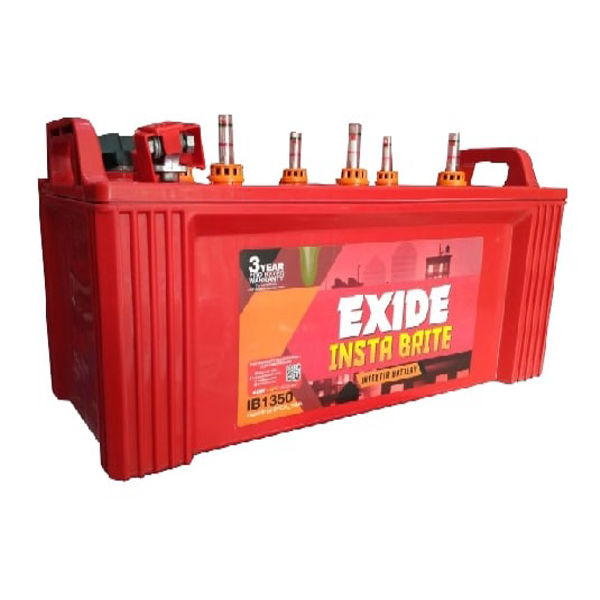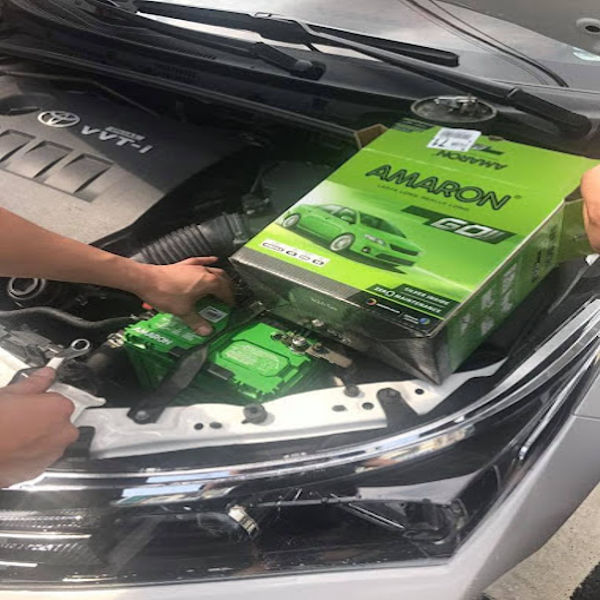The Amaron Quanta 12V 7Ah lead acid battery is a sealed maintenance-free battery designed for various applications. Here are its specifications and features: Key Specifications: Nominal Voltage: 12 Volts ** Rated Capacity**: 7 Ah Dimensions: 151mm x 65mm x 100mm Battery Type: VRLA (Valve Regulated Lead Acid) Weight: 2.5 kg Terminal Type: M6 Cycle Life: 500 cycles at 80% DOD Float Life: 5-7 years at 25°C Key Features: Designed for UPS Applications: The battery is designed for UPS applications and provides a long life through proven AGM technology. Complies with Various Quality and Safety Standards: The battery complies with various quality and safety standards, ensuring reliable performance and safety. Low Maintenance: The battery is maintenance-free, eliminating the need for regular checks and maintenance. High Reliability: The battery is designed to provide high reliability and long life, making it suitable for critical applications. Product Details: Reliable and Powerful Energy Solution: The Amaron Quanta battery is a reliable and powerful energy solution for a wide range of applications. Long-Lasting Performance: The battery provides long-lasting performance, making it suitable for applications that require continuous power supply. Wide Operating Temperature Range: The battery operates within a wide temperature range of -20°C to 50°C, making it suitable for various environments. Compliance with International Standards: The battery complies with international standards such as IEC, ISO, and CE, ensuring reliable performance and safety. Warranty and Support: Warranty Period: 2 years Support: Amaron provides dedicated support for its products, ensuring prompt assistance in case of any issues. Applications: UPS Systems: The battery is suitable for UPS systems, providing reliable power backup during outages. Telecom Systems: The battery is suitable for telecom systems, providing reliable power supply for critical communication equipment. Renewable Energy Systems: The battery is suitable for renewable energy systems, providing reliable power storage for solar and wind power systems. Other Applications: The battery is also suitable for other applications such as alarm systems, emergency lighting, and security systems.
Send Message







